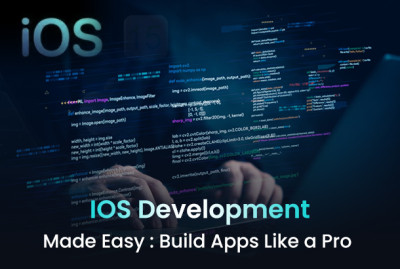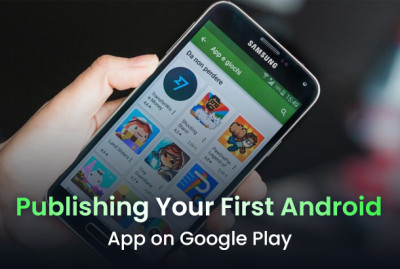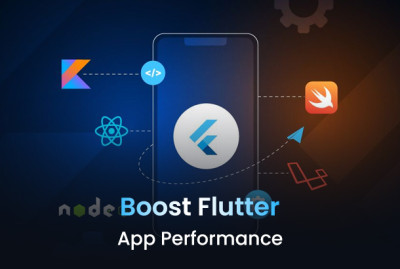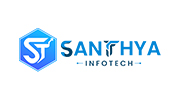Front End, Back End, and Full Stack Developers: A Comparison
Share :
Front-End vs Back-End vs Full Stack Web Developers
Front End Developers
As the name implies, front developers work on the “front end” of an internet site. this is often also referred to as the “client-side”. It refers to the particular look, feel and presentation of the web site because it appears in your browser. It includes the colors and fonts, the drop-down menus, and therefore the transitions and animations. front development prioritizes the user experience, and the way to form the web site functional and visually appealing for your audience. front developers possess technical skills in languages like HTML, CSS, and JavaScript. they'll even be conversant in front frameworks like Bootstrap, jQuery, Angular, and many more.
A particularly talented front developer understands the precise goals of your software and identifies potential problems in user experience. they ought to even be ready to execute their own recommendations to unravel the difficulty.
Before moving on, it’s important to notice that front developers aren’t an equivalent thing as web designers. Although, both roles closely collaborate and web designers often have knowledge of HTML and CSS. the most point of distinction is that web design is concentrated on aesthetics and usefulness. Web development is concentrated on turning these designs into reality. Despite this difference, it’s not uncommon to listen to people use the phrase “web design” for the front development work on an internet site.
Back End Developers
Front end developers specialize in the website’s actual appearance and behavior for the user. rear developers specialize in the website’s internal logic. the rear end of an internet site consists of three things: a server, an application and a database. The goal of a rear developer is to urge these three components to speak. this is often because the online browser must be ready to receive and display the proper information.
Still aren’t sure of the difference between front and back end? believe what happens on Google’s website once you look for something. Simply put, rear developers are liable for taking your search query and running it through the Google database so as to seek out the foremost relevant results. Meanwhile, front developers are liable for taking those results and displaying them within the browser during a way that’s attractive and meaningful for the top user.
Front end developers must know HTML, CSS, and JavaScript at a minimum. rear developers aren’t required to understand any particular language or framework. Instead, they typically concentrate on a given rear programing language, like Ruby, .NET, PHP, Python or Java. They also use tools like MySQL and Oracle to seek out and store important data.
Full Stack Developers
Full-stack developers represent the simplest of both worlds, uniting the front and therefore the rear. These people are comfortable wearing both hats, and that they have expertise altogether layers of a website’s development. This includes, but is by no means limited to, topics like servers, hosting, databases and user interfaces. Facebook popularized the thought of a full-stack programmer in 2010. They explain, “People who develop broad skills also tend to develop an honest mental model of how different layers of a system behave. This seems to be especially valuable for performance & optimization work.”
Beyond the front trifecta of HTML, CSS, and JavaScript, full-stack developers must be conversant in a minimum of one rear programing language. this provides them the power to create a totally functional, mature web application from scratch. Most full-stack developers tend to specialize in one or two aspects of the web site during a project. they only have the power to contribute to any a part of the codebase if need be.
In recent years, the lines between websites’ front and rear became more blurred, the maximum amount of the computation from the rear end is being moved into the browser. this suggests that full-stack developers haven't been in additional demand, as their flexibility and flexibility are finally coming in handy.
Which Developer do you have to Choose?
Although we’ve discussed the three main sorts of web developers. However, there are really only two choices for your situation: a specialist or a full stack developer. Businesses might choose a front or rear developer if they have a specific area of experience, or they need a selected project to accomplish without the proper resources.
On the opposite hand, full-stack developers are the proper choice if you would like someone who’s a “jack of all trades” and you would like to stay costs low. employing a full stack developer will probably be more costly than either a front or rear developer. However, it’s less expensive than hiring two specialists, one for every end of the stack. for instance, if you only want to spruce up your website’s design to form it look more modern, a front developer is going to be all you would like. If you would like to feature an eCommerce store, you’ll need a full stack developer, since this may involve both front design and rear logic. regardless of what, a full-stack programmer should identify the responsibilities of the front and rear and solve problems efficiently.
Whether you opt to travel with a specialist or a full stack developer, there’s someone out there who’s the right fit for your situation. Specific-Group provides talent matching services supported your unique needs, in order that you'll always make certain you’ll get a top-quality product.






































































































































































































































































































(0) Comments
Write a comment